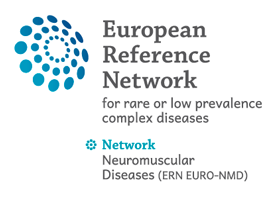18 Jan 2011
Evidence-based guideline update: Plasmapheresis in neurologic disorders
Authors:
Cortese I, Chaudhry V, So YT, Cantor F, Cornblath DR, Rae-Grant A
Objective:
To reassess the role of plasmapheresis in the treatment of neurologic disorders.
Methods:
We evaluated the available evidence based on a structured literature review for relevant articles from 1995 through September 2009. In addition, due to revision of the definitions of classification of evidence since the publication of the previous American Academy of Neurology assessment in 1996, the evidence cited in that manuscript was reviewed and reclassified.
Results and Recommendations:
Plasmapheresis is established as effective and should be offered in severe acute inflammatory demyelinating polyneuropathy (AIDP)/Guillain-Barré syndrome (GBS) and in the short-term management of chronic inflammatory demyelinating polyneuropathy (Class I studies, Level A). Plasmapheresis is established as ineffective and should not be offered for chronic or secondary progressive multiple sclerosis (MS) (Class I studies, Level A). Plasmapheresis is probably effective and should be considered for mild AIDP/GBS, as second-line treatment of steroid-resistant exacerbations in relapsing forms of MS, and for neuropathy associated with immunoglobulin A or immunoglobulin G gammopathy, based on at least one Class I or 2 Class II studies (Level B). Plasmapheresis is probably not effective and should not be considered for neuropathy associated with immunoglobulin M gammopathy, based on one Class I study (Level B). Plasmapheresis is possibly effective and may be considered for acute fulminant demyelinating CNS disease (Level C). There is insufficient evidence to support or refute the use of plasmapheresis for myasthenia gravis, pediatric autoimmune neuropsychiatric disorders associated with streptococcus infection, and Sydenham chorea (Class III evidence, Level U).
Plasmapheresis, also known as therapeutic plasma exchange, is a procedure that involves separating the blood, exchanging the plasma (typically with donor plasma or albumin solution), and returning the other components, primarily red blood cells, to the patient. The mechanics of plasmapheresis have not changed since the introduction of continuous flow machines. This guideline summarizes evidence for the usefulness of plasmapheresis in the treatment of neurologic disorders and updates the previous American Academy of Neurology (AAN) assessment published in 1996,1 employing updated methodology for the development of clinical practice guidelines.

